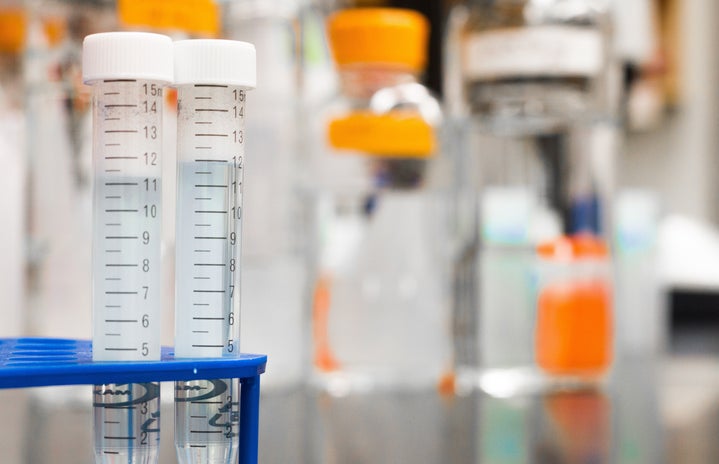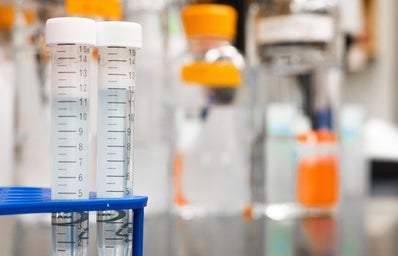On Wednesday, April 14, the CDC called for a nation-wide pause of Johnson and Johnson’s COVID-19 vaccine; citing risks of rare blood clots with low platelets. The decision to halt the roll out of the Janssen vaccine was a very controversial one, as it was recognized that it would both slow vaccination rates and exacerbate vaccine hesitancy and skepticism. However, the CDC and FDA recommended this pause in order to give agencies time to “properly communicate with and prepare the healthcare system to recognize and treat patients appropriately.” I was lucky enough to get vaccinated on April 8, not even a week before the pause of J&J. And of course, I got the J&J vaccine. So naturally, I was concerned when I saw that it had been temporarily halted. However, upon further research, it was immediately clear that there was nothing to worry about. Here are the main things that you should know if you’re interested in understanding the whole Johnson and Johnson pause situation.
-
Out of the 8 million people who received the vaccine, only six patients experienced the rare blood-clotting disease, all of whom were women between the ages of 18 and 48. This means there is a .000075% chance of this occurring when you receive the Johnson and Johnson vaccine.
-
The pause did not occur without a cost. Vaccine roll out was put behind schedule, and skepticism surrounding vaccination grew, likely impacting the number of adults who will decide not to receive a vaccination.
-
Many have compared the risks of blood clotting with J&J to birth control. Following the announcement regarding halting, women’s reproductive rights activists everywhere took to social media to alert followers of the fact that most women on birth control pills are 100 times more likely to get a blood clot than those who get the J&J vaccine. And while these numbers check out, it’s also been noted that this comparison lacks nuance. Many have stuck to the argument that the posts are more of a commentary regarding the public health world’s disregard for women’s reproductive health in comparison to health in general.
-
As of April 23, the CDC and FDA have recommended that the use of J&J resume in the United States. They have recommended this resumption with the caveat that women younger than 50 should be aware of the risks associated with vaccination within three weeks of receiving their shot.
-
The pause of the vaccine has been referred to as a “drastic overreaction” by both liberal and conservative media outlets alike. And while not everyone is of the opinion that pausing the J&J vaccine was unnecessary, it’s undeniable that it will set us behind where we were supposed to be at this point. Over a year into the pandemic, we should be doing everything we can to avoid providing reasons for vaccine skeptics to be on the fence.
To see the latest news about the vaccine from the CDC itself, visit this link to read their most current press release and explore other public announcements regarding the vaccine.



